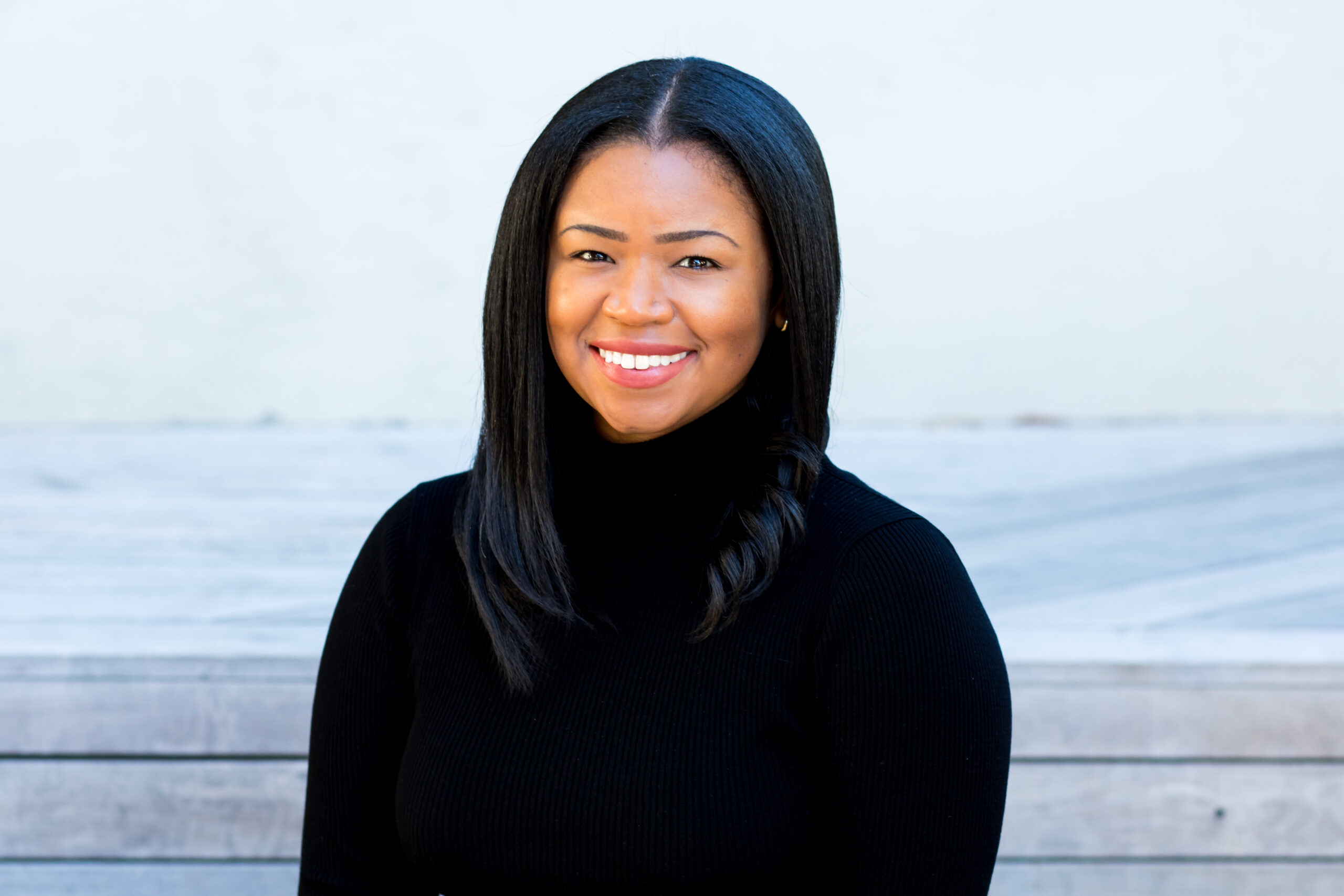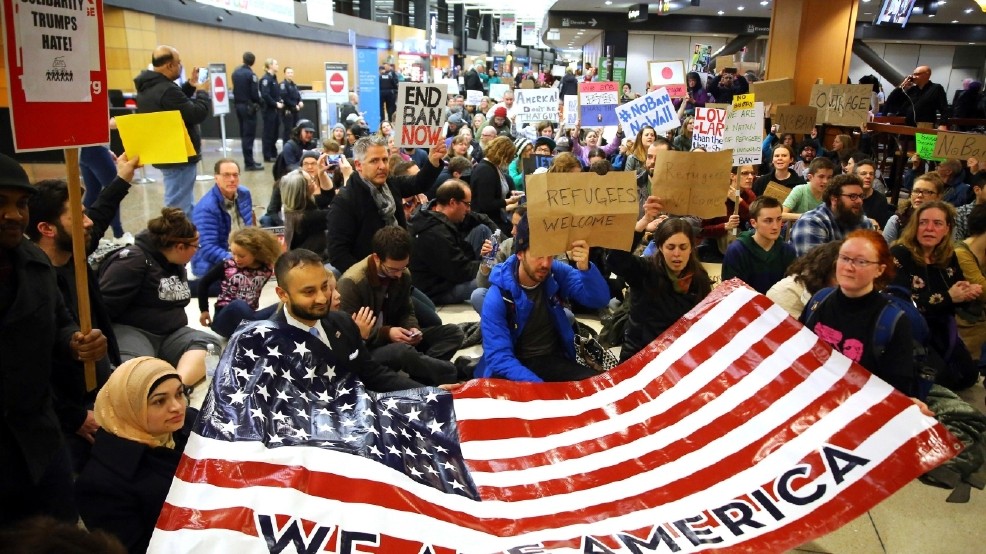Abortion rights, women of color, and LGBTQIA+ people are under attack. Pledge to join us in fighting for gender justice.
Anti-Abortion Centers and Their Fake Economic Solutions

Continuing the blog partnership between Equity Forward and the National Women’s Law Center, exploring issues at the intersection of abortion access and economic justice, we delve deeper into the inadequacies and harms of the anti-abortion movement’s economic policy solutions.
Having the freedom to decide if and when we have kids is fundamental to building the lives we want for ourselves. But in the face of a housing affordability crisis, underfunded child care infrastructure, and a widening gender wage gap, this fundamental freedom feels further and further out of reach. Instead of addressing these economic issues, anti-abortion lawmakers are trying to divest from proven social services and invest in anti-abortion programs that are not only ineffective, but detrimental to communities.
The anti-abortion movement neglects the economic factors that can influence a person’s reproductive health decisions. From prenatal care expenses to the ongoing (and ever-increasing) costs of raising a child, choosing to parent is a lifelong financial commitment. According to 2023 data, “in all 50 states plus the District of Columbia, the price of center-based care for two children exceeded average annual rent payments by 25% to over 100%.” At the same time, many people seeking an abortion are already in difficult financial situations, with most abortion patients saying that they cannot afford a child or another child. The facts are women who seek abortions are more than three times as likely to be poor, more than 75 percent of women who seek abortions have low incomes, more than half of women seeking abortions already have one child, and more than half of women who seek abortions report a recent disruptive life event such as job loss or overdue rent or mortgage obligations.¹
On top of these economic factors, deciding to have an abortion can also be costly. The average cost of an abortion can range from $600 to $2,000. For those who have to travel long distances to get care, this cost is even higher. According to recent data published by the Guttmacher Institute, “the proportion of patients traveling to other states to obtain abortion care has doubled” in 2023, as compared to 2020. Abortion travel costs may include expenses such as gas, a rental car or rideshare trips, plane tickets, meals, and hotel costs. Other costs may include lost wages from taking off work, or, if you have other children (59% of women who seek abortions are already mothers), child care expenses while traveling for health care.
Even before the Dobbs decision, anti-abortion lawmakers hindered abortion access at every opportunity. The Dobbs decision opened the door for lawmakers to amplify these efforts, heightening the intersecting public health and legal chaos that already existed. Because of these efforts, even in states where abortion is legal, clinics closed or must comply with medically unnecessary and costly requirements, states impose medically unnecessary delays in obtaining care, and providers in certain states are mandated to have a medically unnecessary local hospital affiliation. These barriers to abortion mean that accessing care requires people to navigate a complex, and often costly, set of rules and logistics, even in states where abortion is legal.
If the anti-abortion movement truly wanted to support families, they would advocate for policies that alleviate financial burdens, particularly those that come with being pregnant and raising children. However, instead of advocating for practical policies that would allow people to thrive, anti-abortion lawmakers focus on “alternatives to abortion” programming that is riddled with misinformation about sexual and reproductive health care, restricting access to financial and health care assistance, and promoting family structures that reinforce traditional gender norms. In addition to the harm this poses broadly, promoting “traditional families” overlooks the realities of families that fall outside of this narrow paradigm, such as single-parent homes and LGBTQIA+ families, and fails to address their unique economic realities. Without addressing the economic hardships that many individuals face, the anti-abortion movement’s “solutions” are not only useless but harmful to people making reproductive health decisions.
It is no coincidence that states that are the most restrictive on abortion care also have the weakest supports for pregnant and parenting people. Instead of funding child care or enacting paid family and medical leave, increasing access to programs like the Supplemental Nutrition Assistance Program (SNAP), the Special Supplemental Nutrition Program for Women, Infants, and Children (WIC), or the Low Income Home Energy Assistance Program (LIHEAP), anti-abortion lawmakers often try to feign support for families by pushing anti-abortion centers (AACs), also called “crisis pregnancy centers.”
AACs are unregulated entities often affiliated with large, national anti-abortion organizations that exist primarily to coerce, shame, and scare people out of seeking abortion care.
A recent study by Equity Forward found that more than one billion dollars of public funds have gone to anti-abortion centers via state-managed Alternative to Abortion (A2A) programs since 1995. Specifically, nearly half of that total was allocated post-Dobbs. Of the more than one billion dollars in public funds, nearly $200 million were sourced from Temporary Assistance for Needy Families (TANF), a cash-assistance program intended to support low-income families with children. According to public records obtained by Equity Forward, the majority of funding allocated to AACs are spent on overhead costs such as salaries, rent, and marketing. In many cases, less than 10% of funding was actually spent toward their community programs and services. A separate recent study found that over $400 million of federal funds—including Coronavirus Aid, Relief, and Economic Security (CARES) Act, Title V, and Title X funds—went to AACs between 2017 and 2023.
The deliberate decision to allocate funds to support anti-abortion agendas rather than essential social services undermines efforts to create a more equitable society and economy. In states that offer more economic support for reproductive health care, including Medicaid coverage of abortion, women have been found to have higher earnings, among other positive economic opportunities and outcomes, as compared to women living in states that have more limited reproductive health care access. Moreover, the essential social services that anti-abortion policymakers are undermining reduce poverty—and could reduce it even more with more funding and support. For example, SNAP (formerly known as Food Stamps) expansions have been proven to reduce the likelihood of poverty for all adults, with the strongest reductions found for Black adults whose parents did not have a high school degree. In fact, as soon as policymakers allowed pandemic-era expansions to nutrition assistance and other aid programs to expire, for example, poverty rates increased nationally and throughout over half of the states.
At its core, the anti-abortion movement is rooted in control and white supremacy, rather than care and respect for people and their families. This broader agenda extends beyond controlling one’s reproductive decisions to interconnected issues like equitable pay, child care, and workplace justice. By restricting access to abortion, the anti-abortion movement undermines individuals’ autonomy over their own bodies and lives as well as their future financial security. By deploying welfare narratives that urge cutting these programs or imposing work requirements, moreover, the anti-abortion movement aligns with white supremacy’s broader efforts to undercut economic and social equity. This anti-abortion agenda perpetuates a cycle of control and economic insecurity, making it harder for individuals to make decisions about their bodies and lives.
The decision to have or to not have a child is a personal one, often influenced by economic factors. By strengthening and expanding social services and supports that are proven to boost well-being and economic security, we can better support people and allow them to make the best decisions for themselves and their families, no matter what those decisions are. Ultimately, the anti-abortion movement’s bait-and-switch of fake economic solutions is just another aspect of their controlling and damaging agenda—which stands between us and a more just and equitable society in which people have access to the resources needed to have a child, or not, on their own terms.
¹We use “women” in reference to the studied populations in the cited research; however, we recognize that abortion access impacts all people who may become pregnant, including cisgender women, transgender men, and non-binary people.






